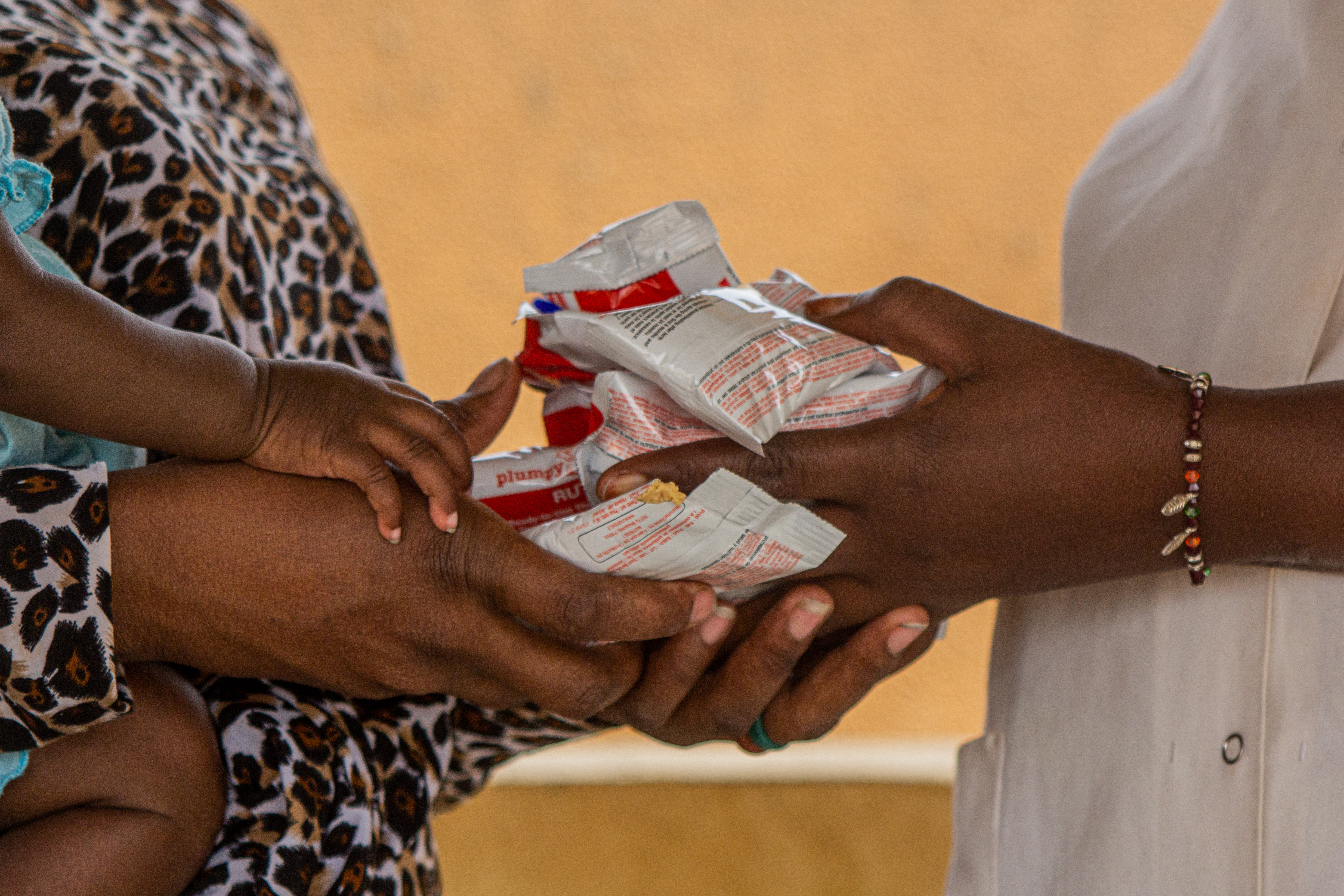
Relapse after treatment of acute malnutrition
Relapse post-discharge from acute malnutrition treatment remains a largely neglected issue
Acute malnutrition is a condition that affects more than 45 million children under the age of five at any time and requires specific treatment to ensure patient survival. Most patients can be managed as outpatients with regular monitoring to ensure adequate evolution of nutritional status. Treatment involves the provision of a weekly home ration of ready-to-use foods (RUF) and nutritional education. For severe cases, the RUF dose aims at covering all the nutritional needs of the recovering child while for moderate cases the RUF dose supplements the regular diet. With treatment following the WHO recommended protocol, the cure rate of even severely malnourished children is high and few patients die.
Nonetheless, in recent years, questions have arisen about the long-term survival and health of children treated for malnutrition. This is linked to observations of high relapse rates in children recovered from an episode of malnutrition. However, few reliable data exist on the occurrence of relapses and the factors influencing relapses are poorly understood.
This study’s aims were twofold: (1) to describe the incidence of relapse in the 6 months after successful treatment with the simplified and combined protocol, and (2) to investigate the factors associated with relapse.
We observed that 26% of children relapsed into MUAC < 125 mm after attaining a MUAC ≥ 125 mm for two consecutive visits following treatment with the simplified combined protocol. Cumulative relapse incidence was similar at 26% among children initially admitted to treatment with a MUAC < 115 mm and/or edema and those admitted with a MUAC ≥ 115 mm but <125 mm. Factors predicting relapse were lower age, lower anthropometric measures at admission to and at discharge from treatment, and higher number of illness episodes per follow-up month. Factors protecting from relapse included having a vaccination card, using an improved water source, having agriculture as the main source of income, and increases in caregiver workload.
We concluded that monitoring children post-discharge should be warranted in this context to catch and treat illnesses early and that post-discharge supplementation strategies may support overall health and nutritional status and encourage caregivers to seek follow-up care.
This work has inspired us to design an intervention to aim to prevent relapse by providing children discharged from acute malnutrition with SQ-LNS (a small-quantity lipid-based nutrient supplement) post-discharge.
Project Timeline
Results were published in Nutrients peer-review journal
Presented preliminary findings at local and global level